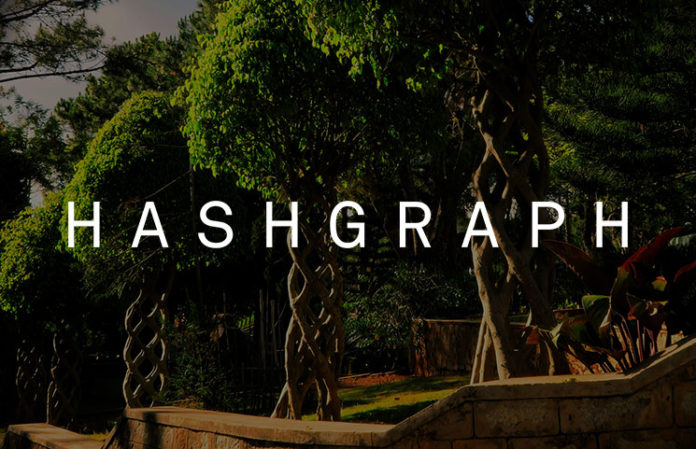Back in 2009, Blockchain technology took the world by storm via Satoshi Nakamoto’s Bitcoin. It was the premiere of the distributed ledger technology. It was a dramatic departure from the standard centralized system of operating databases and the internet as a whole. Even right now, the euphoria of the blockchain technology itself has not worn off. But as is usual with technology, the next big thing has arrived even before the precursor has finished making its entrance. Hashgraph takes the distributed ledger technology to the next level and breaks some of the major limitations being experienced in the use of blockchain.
If all of this is sounding somewhat esoteric to you and you have never really given serious thought to the whole distributed ledger business. Then you have nothing to worry about. In this article, we will be giving a quick refresher about the idea of distributed ledger systems. We will start with a brief explanation of blockchain, and then go on to explain the Hashgraph concept and the potential it holds for the future of technology.
You are about to get your mind blown, so come along, and let’s start with a brief description of how blockchain works.
Distributed ledger systems and the blockchain network.
This exciting new way of networking started out by supporting various cryptocurrencies. It basically provided a secure manner of transferring funds and exchanging value, which was already being done by the regular fiat currency. But it had the advantage of pulling out the middle man. Everyone could just carry out transactions amongst themselves directly just by belonging to the bockchain network.
The distributed ledger system of the blockchain made the necessity of a central authority obsolete by ‘sharing the database’. All the computers on the network (known as nodes) each have a copy of the ledger and can make changes to it individually. The whole network can then come together and make a decision as to the validity of the transaction and the order in which the transactions came.
The beauty of the blockchain ecosystem was that it could support itself. It created its money and allocated it to people. Here’s how it works: When a transaction takes place on the network, the individual node that processed it submits it to the network for validation. A number of transactions then get added to a ‘block’ and this block is posed as a computational problem to be solved. A set of users called ‘miners’ try to solve the computational problem. When the problem is solved, the block is added to the other blocks in the network and they form a chain. This explains the ‘blockchain’ nomenclature. Whoever gets to solve the problem first is rewarded with the transaction fees on the transaction concerned. And this is how the cryptocurrencies are ‘mined’.
Beyond serving as a platform for cryptocurrencies, the blockchain system has found applications in many other areas too. It has been used for the creation of Decentralized apps, and is being considered for application to other fields like public records, banking, insurance, and many other fields.
Hashgraph, Say Hello to the future.
Okay so while we’re all still swooning over the sheer power and revolution that block chain is going to cause, Leemon Baird says “Hold my drink, you ain’t seen nothing yet”’ and poof! He comes up with the Hashgraph technology. Yeah, that’s the name of the developer of Hashgraph technology and he has given us something superior to Blockchain that is sure to take over the distributed ledger ecosystem.
The hashgraph technology is similarly a distributed ledger system, but it’s slightly different in its workings and goes a step further in features. Hashgraph is a pure voting based algorithm that is highly secure with something known in computer science as Asynchronous Byzantine Fault Tolerance (for the uninitiated, this is a kind of secure system in databases that shows that the system cannot be compromised backed by mathematical proof. The technical details are beyond the scope of this piece)
Rather than using a chain of blocks connected to each other, Hashgraphs rather work based on a ‘graph’ of the communications between the various nodes on the network. Every member can submit a transaction to the community and consensus is reached by tracking the ‘gossip’ history of the network. All of these are achieved at a far higher speed than what obtains with the blockchain network. In recently conducted tests, hashgraphs were shown to have the ability to conduct thousands of transactions per seconds on the peer to peer network. This is unparalleled by any of the existing blockchain networks.
Read more : Beginner’s Guide to ICO Investing: How to Participate in ICO
Conclusion
It might still seem a little early to jump to conclusions, but the possibilities touted by hashgraph are immense and we just can’t wait to see how much this is really going to offer.
